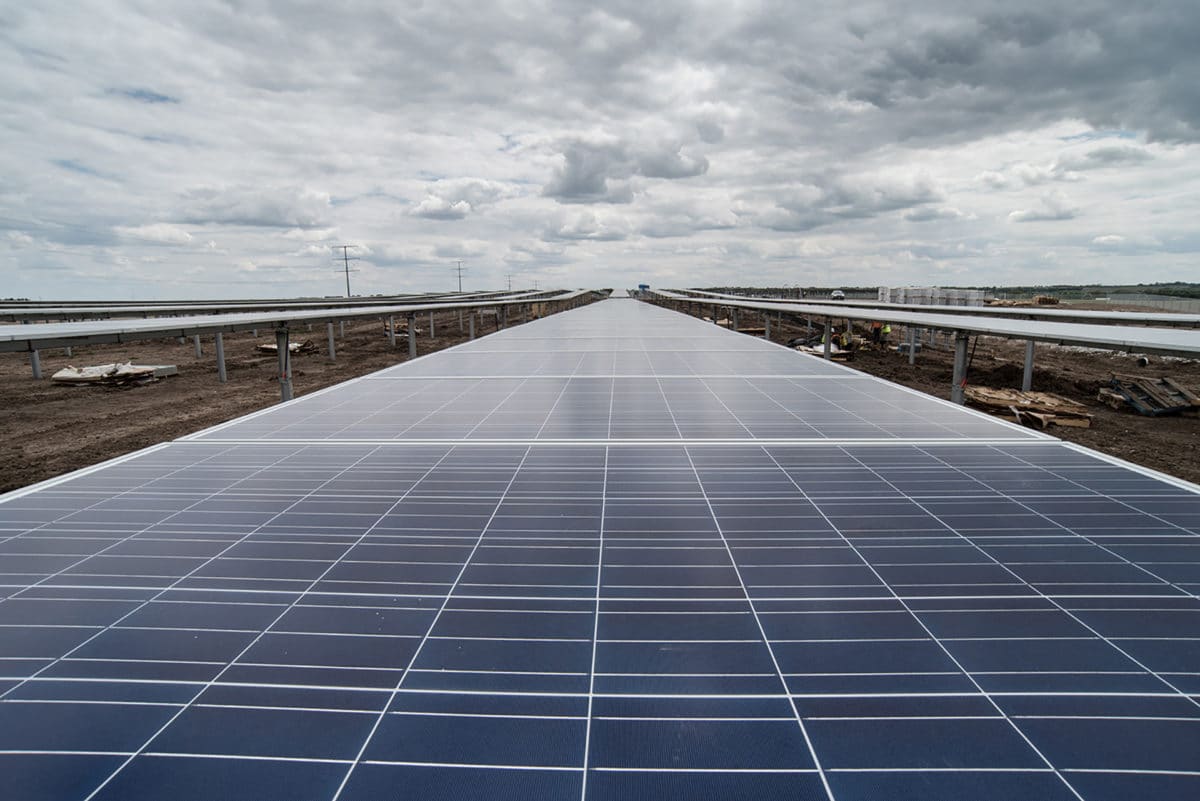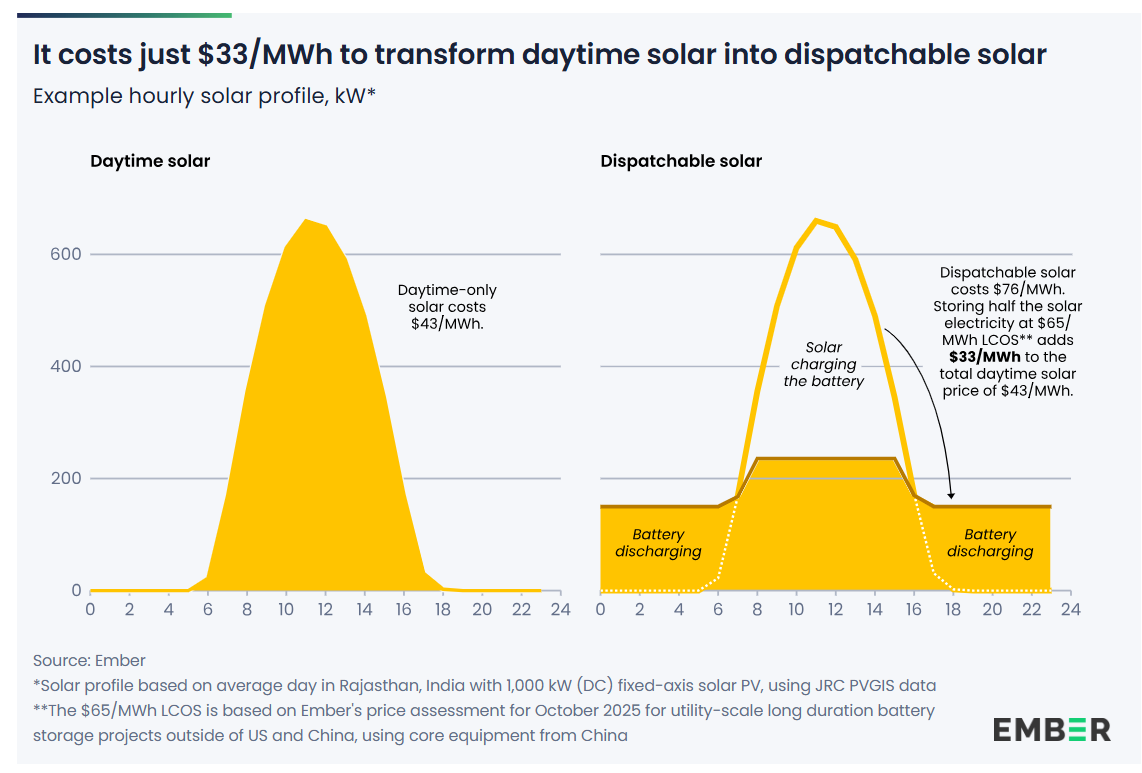A great green shift is occurring in the finance world – it’s a shift from oil, coal, gas and nuclear capacity t0 that of wind, solar, energy storage, electric vehicles and so much more. Climate bonds quietly hope to break $300 billion in 2018, after exploding to $155 billion in 2017. Solar power took on more investment for new capacity than oil, wind, gas and nuclear combined in 2017. Electric vehicles, with Chinese buses driving the trend, are offsetting greater than 300,000 barrels of oil per day. The Saudis are talking up plans for 200 GW of solar power – and in the first quarter of 2018 alone, we saw 7.7 GW of solar projects change hands.
Last week, Wells Fargo committed $200 billion in sustainable financing by 2030. According to the company at least 50 percent of the financing will be focused on companies and projects that directly support the transition to a low-carbon economy, including clean technologies, renewable energy, green bonds, and alternative transportation.
The remainder of the financing will support companies and projects focused on sustainable agriculture, recycling, conservation, and other environmentally beneficial activities.
While it near impossible to predict specifically where and when investment monies will go, the company gave a nod to this reality by also pledging a degree of transparency in the $200 billion commitment, as well as delivering a carbon intensity on the portfolio.
Wells Fargo also showed off their progression toward this announcement. In 2012, the company committed $30 billion to support a ‘greener economy’ by 2020, and hit that goal by 2015. In 2017, the company invested $12 billion in sustainable business. And a most interesting piece of information – Wells Fargo owned all or part of 9% of all wind and solar electricity produced in the United States in 2016.
The Wells Fargo money, $18 billion per year spread over an eleven year period, is a healthy amount of money. Though it’s just a healthy drop in a large bucket – as some estimate $300 billion went into sustainable investments in 2017, and that the world actually needs anywhere from $300 billion to $1 trillion every year to meet climate goals and avert catastrophe.
These huge upstream investment sums from banks like Wells Fargo and small nimbler investment firms like Ares Management LP, when combined with the velocity of economic benefits from the employment of downstream solar power installations and wind turbine technicians, is creating a virtuous cycle for the larger economy, with political ramifications.
The economic tipping point has probably already passed – where solar and wind can drive markets on their own due to their sheer size and economic benefits. And if that’s the case – and the green shift in finance is fully sustainable, then maybe we’ve got some hope that we can make our species sustainable on the only planet we know how to live on.
This content is protected by copyright and may not be reused. If you want to cooperate with us and would like to reuse some of our content, please contact: editors@pv-magazine.com.








By submitting this form you agree to pv magazine using your data for the purposes of publishing your comment.
Your personal data will only be disclosed or otherwise transmitted to third parties for the purposes of spam filtering or if this is necessary for technical maintenance of the website. Any other transfer to third parties will not take place unless this is justified on the basis of applicable data protection regulations or if pv magazine is legally obliged to do so.
You may revoke this consent at any time with effect for the future, in which case your personal data will be deleted immediately. Otherwise, your data will be deleted if pv magazine has processed your request or the purpose of data storage is fulfilled.
Further information on data privacy can be found in our Data Protection Policy.